Optimal Timing for Foundation Repairs
Foundation repairs are essential for maintaining the structural integrity of a building. Timing plays a crucial role in ensuring effective and long-lasting repairs. Factors such as weather conditions, soil stability, and seasonal changes influence the optimal period for addressing foundation issues.
Spring offers moderate temperatures and stable soil conditions, making it a favorable time for foundation work. It allows for thorough inspections before summer heat and winter cold set in.
Summer provides longer daylight hours and drier weather, which can facilitate certain repair processes. However, high temperatures may pose challenges for some types of repairs.
Fall is often ideal due to cooler temperatures and reduced rainfall. Soil moisture levels are typically stable, reducing the risk of further shifting after repairs.
Winter conditions, especially in colder climates, can hinder foundation repairs due to frozen soil and harsh weather. Repairs during this time may be less effective or delayed.
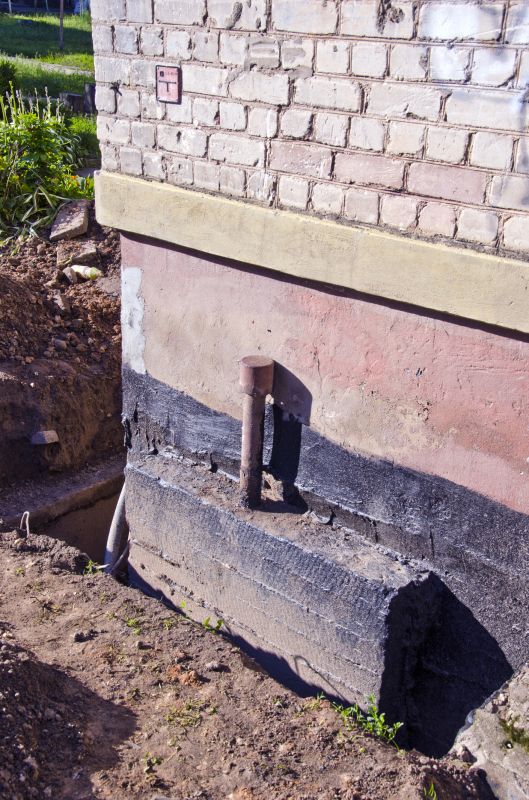
Spring is suitable for foundation inspections and repairs due to moderate weather.
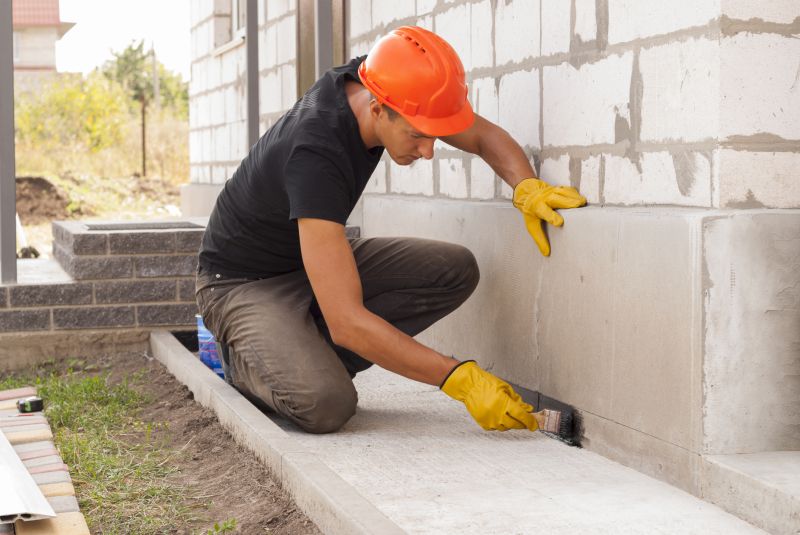
Summer's dry conditions can aid in certain foundation repair processes.
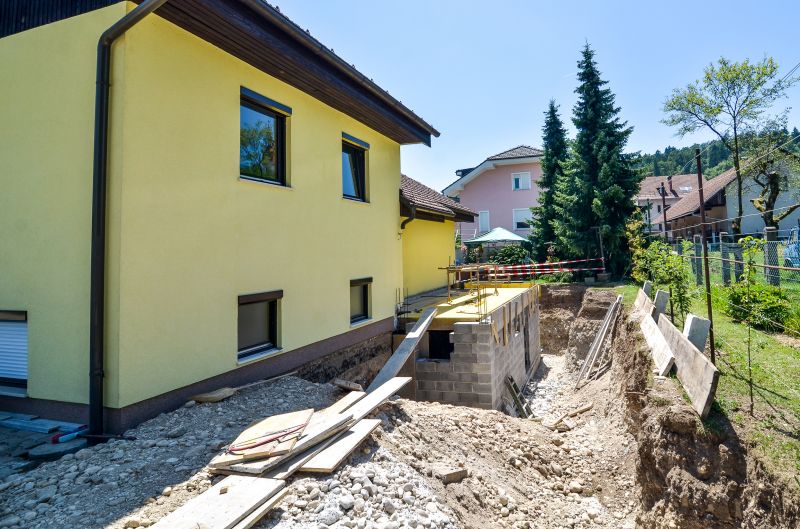
Fall offers stable soil conditions ideal for foundation repairs.
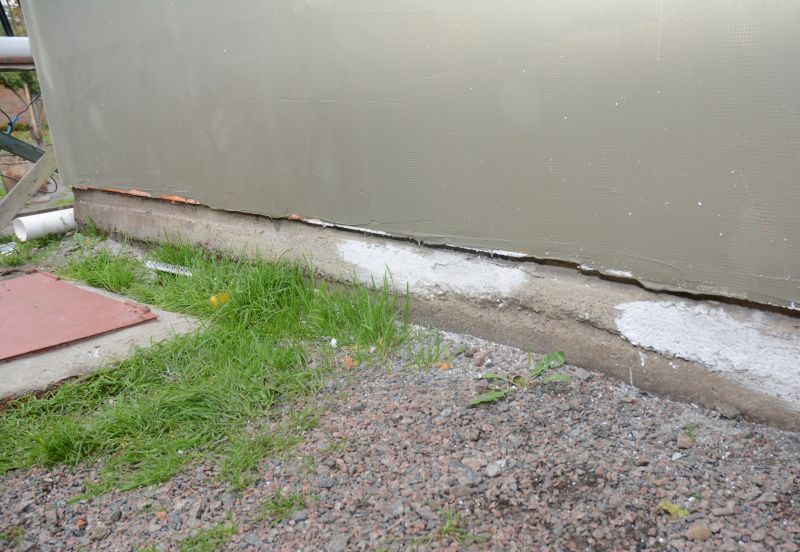
Ways to make Foundation Repairs work in tight or awkward layouts.

Popular materials for Foundation Repairs and why they hold up over time.

Simple add-ons that improve Foundation Repairs without blowing the budget.
| Season | Optimal Conditions |
|---|---|
| Spring | Moderate temperatures, stable soil, good for inspections and repairs |
| Summer | Longer days, dry weather, suitable for certain repair types |
| Fall | Cooler temperatures, stable moisture levels, ideal for repairs |
| Winter | Frozen ground, harsh weather, generally less suitable |
Foundation repairs involve correcting issues such as settling, cracking, and shifting that can compromise the stability of a structure. Timely intervention can prevent further damage and costly repairs in the future. Properly scheduled repairs ensure that soil conditions and weather factors do not interfere with the effectiveness of the work. Statistics indicate that addressing foundation issues promptly can reduce repair costs by up to 50% and extend the lifespan of the building's structure.
Understanding seasonal impacts on soil and weather conditions helps determine the best time for foundation repairs. Soil expansion and contraction due to moisture levels can exacerbate existing problems or cause new ones. Scheduling repairs during periods of soil stability minimizes risks and enhances the durability of the repair work.
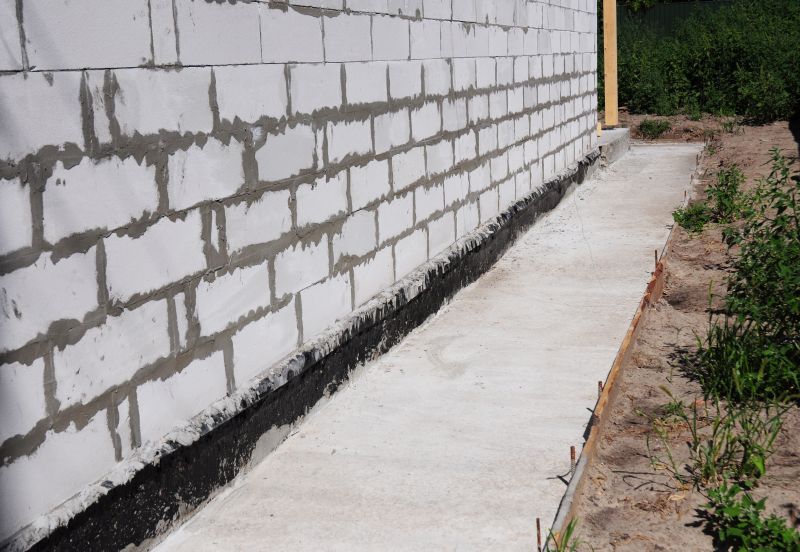
Proper timing ensures effective stabilization and long-term results.
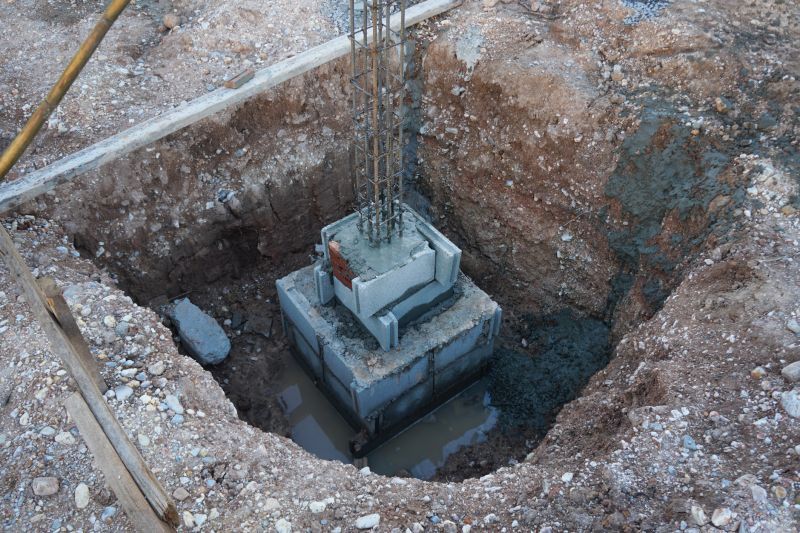
Timing repairs with soil conditions improves success rates.

Addressing cracks during optimal seasons prevents further damage.
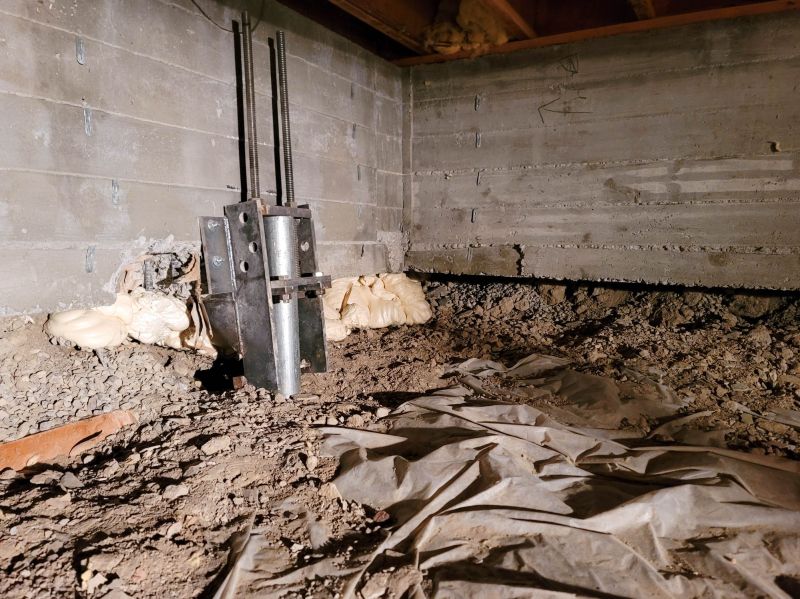
Piering is most effective when soil moisture levels are stable.
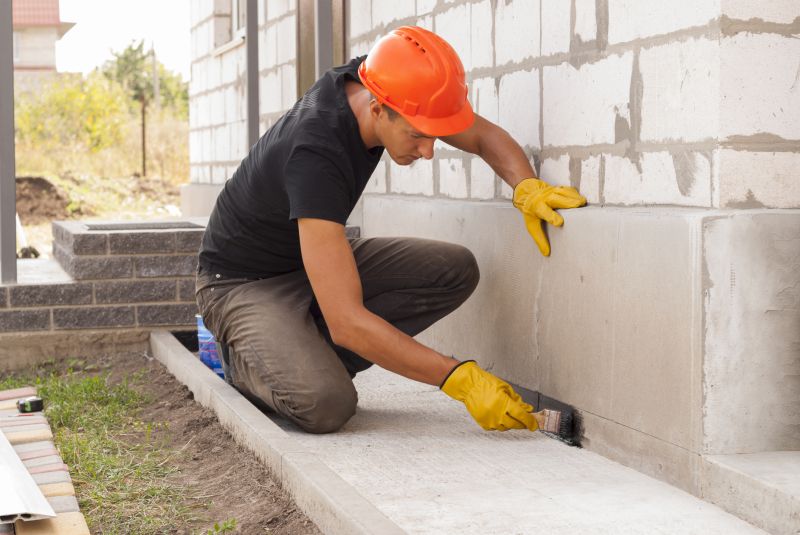
High-end options that actually feel worth it for Foundation Repairs.

Finishes and colors that play nicely with Foundation Repairs.

Little measurements that prevent headaches on Foundation Repairs day.

A 60-second routine that keeps Foundation Repairs looking new.
Interested in foundation repairs? Filling out the contact form provides access to expert evaluations and tailored solutions. Proper scheduling can ensure repairs are performed at the most advantageous times, leading to better results and longer-lasting stability.

